In her influential 1975 essay, Visual Pleasure and Narrative Cinema, Laura Mulvey introduced the concept of “the male gaze.” Mulvey suggested that women in classical Hollywood cinema were positioned as sexual objects and manipulated to satisfy the needs of the visual pleasure of the male spectator and the male characters within the story. Her theory also critiqued the ways that camera work and storytelling confirm patriarchal structures, objectifying women and positioning them as passive objects of male desire.
Wonder Woman: Strength or Sexualisation?
Wonder Woman, created by William Moulton Marston in the 1940s, symbolised empowerment, strength, and femininity. Right from her comic book origins, though, she was sexualised, front and centre, in short skirts, tights, and a focus on her looks. On the screen, that duality becomes even more marked. With Wonder Woman (2017), by director Patty Jenkins, there was also an attempt to subvert this “male gaze.” The camera also does not linger on unnecessary close-ups of Diana’s body, emphasising her strength and independence, which are paramount to the story. However, in films such as Justice League (2017) by Zack Snyder, Wonder Woman is portrayed in a much more sexualised fashion. The camera routinely lingers on her legs or figure, and her costume looks more like something picked out for aesthetics than practicality as a warrior. As Yvonne Tasker argues in her book Spectacular Bodies(1993), “Women in action films are simultaneously strong and sexualised—their bodies become the arena in which power struggles encounter visual pleasure.” This dynamic is expressed perfectly by Wonder Woman—who, though a warrior, is also framed as an object of visual pleasure for the audience.
A Narrative Driven by Men
A second element of “the male gaze” is that women tend to be functional components of narratives—tools for plotlines centring on men. In Wonder Woman (2017), Diana’s relationship with Steve Trevor is central, and his death inspires her to heroism, fitting a pattern in which female characters are defined by their connection to their male counterparts. The dialogues and interactions demonstrate their relationship with many male characters as well. Women in classical cinema are (again, as Mulvey points out): “As visual pleasure, not as actors in their own right” (Visual Pleasure and Narrative Cinema, 1975). Even as noted, a figure like Diana often waits for events to happen around her, acting in response to things men start rather than moving the story herself.
A Future Beyond the Male Gaze?
Even if Wonder Woman is still a feminist icon, her representations are still colored by aspects of “the male gaze.” Having said this, women cannot, as a responsibility, be bound by their narratives, so filmmakers need to consciously break away from sexualizing characters and rather build their journeys parallel to the man.
As Bell Hooks argue in The Oppositional Gaze (1992), “the need for women to reclaim control over their image is crucial to resisting patriarchy in visual culture.” The future of superhero films must aim to depict female characters in their full complexity rather than as objects of male desire.
References:
- Mulvey, L. (1975). Visual Pleasure and Narrative Cinema, London Afterall Books
- Madrid, T. (2022). Examining Wonder Woman through a Feminist Voice: How Patty Jenkins’ 2017 Adaptation Upheaved her Creation, Representation, and 80 Year Legacy. [online] doi:https://doi.org/10.36837/chapman.000378
- Tasker, Y. (1993). Spectacular bodies : gender, genre, and the action cinema. London ; New York: Routledge.
- Hooks, B. (1992). Examining Wonder Woman through a Feminist Voice: How Patty Jenkins’ 2017 Adaptation Upheaved her Creation, Representation, and 80 Year Legacy. [online] doi:https://doi.org/10.36837/chapman.000378.

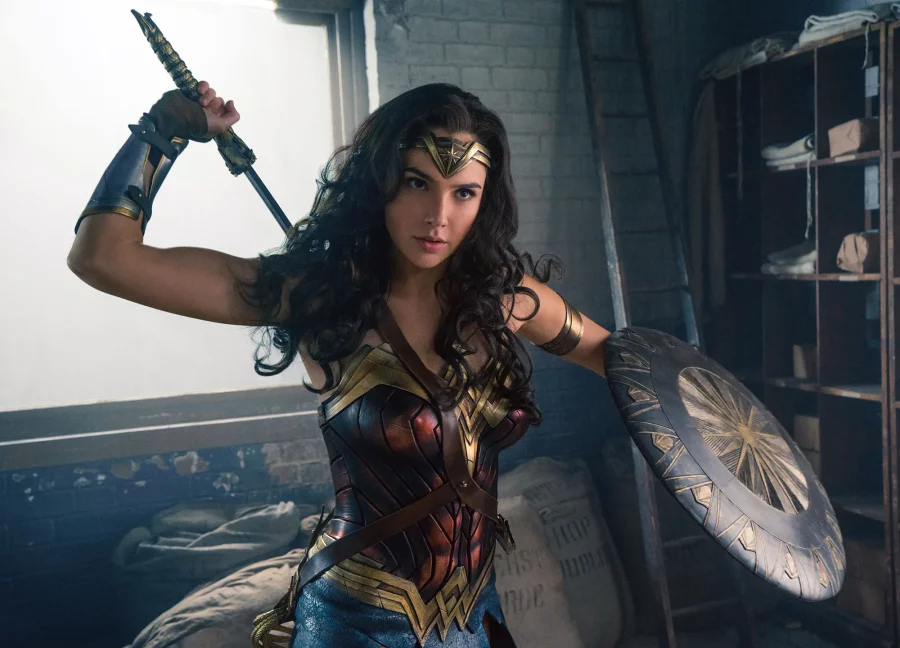
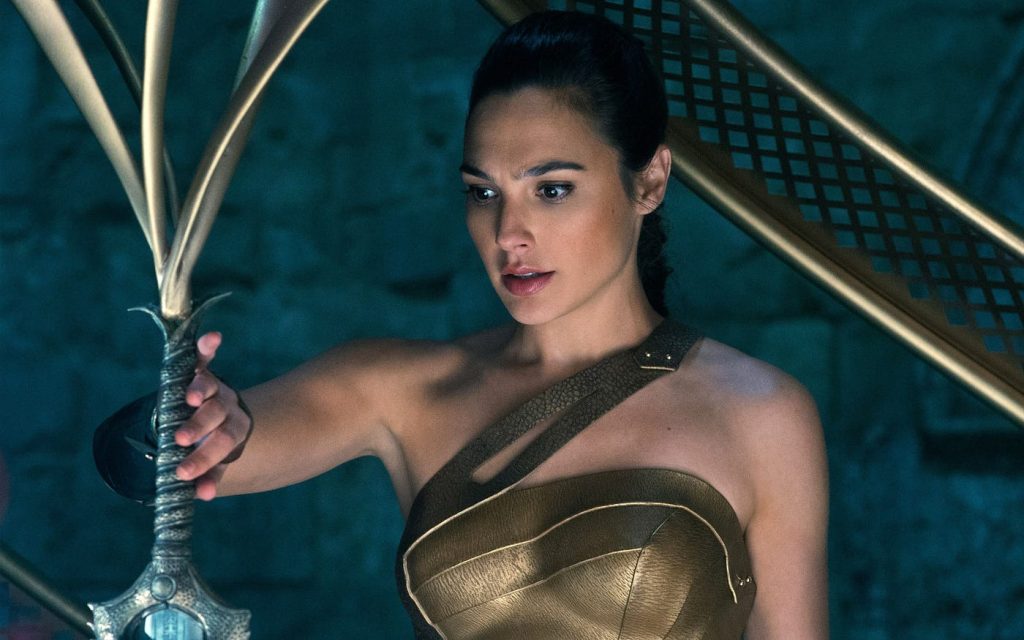
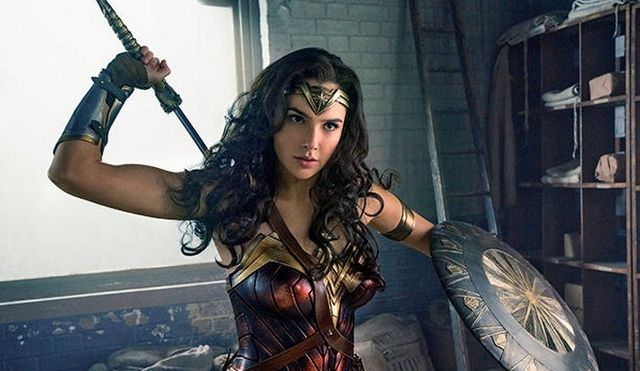
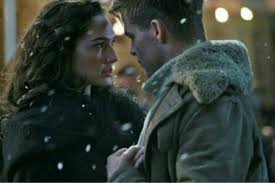
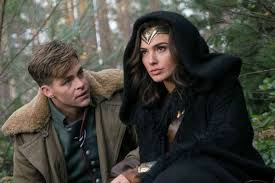

I loved the example you used. It highlights well the fine line between empowerment and sexualisation in Wonder Woman
hiiii Kaja.
I guess you did a lot of research, because you used lots of perfect examples to prove your point. I agree with what you wrote, because I researched the male gaze in video games, they both show the male gaze by using the camera to linger excessively on the female figure. also, they ignore other aspects of the female character, as well as other viewers watching the film or playing the game. also you gave some solutions, i think so. Both films and games should aim to portray female characters in all their complexity, rather than as objects of male desire.